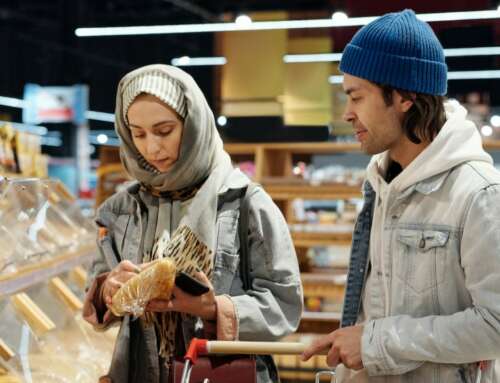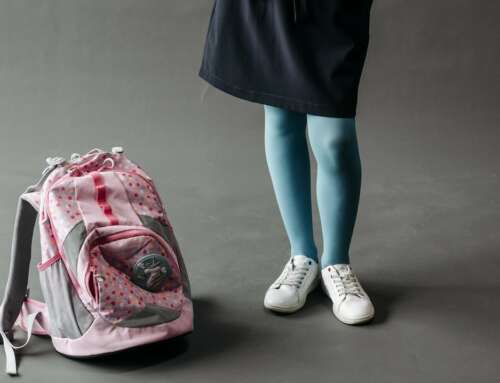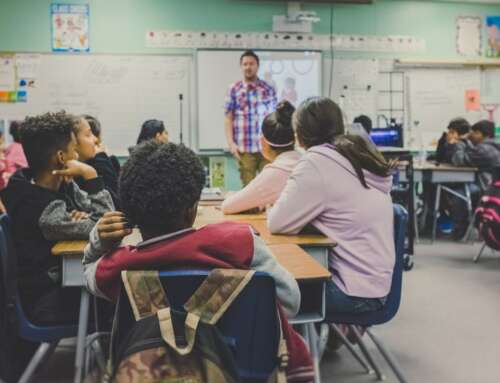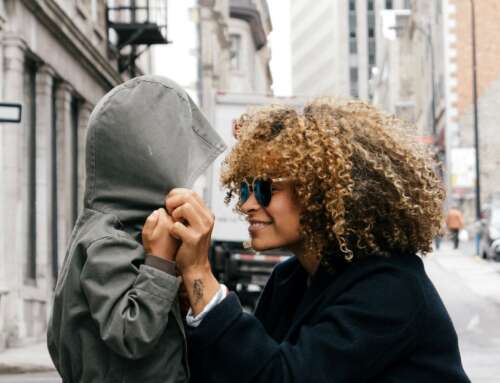When we think about support for anxiety, as with most mental health conditions, we’re most likely to think of therapy and other fairly cerebral measures. But when someone is in the midst of an anxious situation, their ability to think and reason is severely impaired because their brain is being flooded with adrenaline. This is a difficult enough situation for an adult to cope with, but for young people who are still learning to manage their emotions it’s unreasonable to expect rational thought or behaviour until they have calmed down.
That’s where these suggestions from counsellor and author Erin Leyba can make a huge difference. The more complex, mental steps are almost all in the stages before or after an episode of anxiety, with a focus on preparation and building resilience over time. On the other hand, the tips for helping a child during or directly after an attack are deliberately simple, and focus mainly on physical steps that help with the physiological side effects caused by anxiety.
Overall, the article is a great reminder not only that saying ‘calm down’ in nearly any situation is useless, but also that for young people mid-panic attack there isn’t much you can say to help. But getting them to blow into a pinwheel, or doing a goofy dance with them, just might.
Read the full article by Erin Leyba at Psychology Today







Leave A Comment